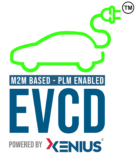Flexible Fuel Vehicles and HEVs get big push
February 9, 2023 2023-02-09 9:42Flexible Fuel Vehicles and HEVs get big push

Flexible Fuel Vehicles and HEVs get big push
INTRO: The Government is pushing the manufacturing and application of Flexible Fuel Vehicles (FFV) that run on ethanol as an environmental friendly alternative to petrol. Meanwhile, it is also promoting Hybrid Electric Vehicles (HEVs) that combine the power of ICE (Internal Combustion Engine) vehicles with electric motors—with the larger idea of creating a vehicular economy which is more mindful of an eco-positive future.
Ethanol as fuel offers less energy than petrol and thus it is required in a larger quantity to generate the same amount of energy as the latter.
Hybrid Electric Vehicles (HEVs) combine ICE (Internal Combustion Engine) with electric motors to provide consumers with high fuel efficiency.
The Government of India (GOI) has made it mandatory for automobile manufacturers to also make flex fuel engines within the next six months. This step has been taken to reduce the country’s dependency on oil imports and minimise pollution levels.
These engines run on ethanol (with the chemical formula C2H5OH) which in turn is created using sugarcane, corn and wheat. Their use will offer a big boost to the agricultural sector as surplus crops can be used to produce this plant-based, renewable fuel.
The Government has allowed a time period of six months to auto manufacturers to develop and introduce Flexible Fuel Vehicles (FFV) in the Indian market. The timeline has also been stated by the government to set up ethanol petrol pumps across India that will provide E100 or pure ethanol to FFVs.
The Government is pushing the initiative to electrify the transport industry by converting the majority of the Internal Combustion Engine (ICE)-based vehicles to Electric Vehicles (EV). Since this process is going to take time, ethanol is the next best option as it is more economical and environment friendly than petrol or diesel vehicles.
Ethanol as fuel offers less energy than petrol and thus it is required in a larger quantity to generate the same amount of energy as the latter. Currently, regulations allow only for a 10% blend of ethanol in petrol which is referred to as E10. But, 20% blend has been proposed by the government to be implemented by 2025.
Oil giants like Indian Oil Corporation have promised to invest almost INR 2,500 crores to produce and promote ethanol as a fuel alternative. Currently, it is available only in 15 Indian states. The government is planning to expand the sales within the next six months.
It is also encouraging people to opt for Hybrid Electric Vehicles (HEVs). These combine ICE (Internal Combustion Engine) with electric motors to provide consumers with high fuel efficiency. The HEV market is on the rise in India. Those sceptical of pure EVs opt for HEVs to get a feel of this new technology without range anxiety.


